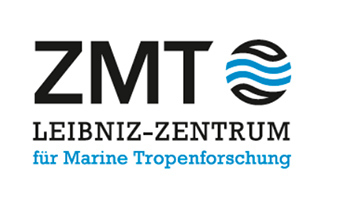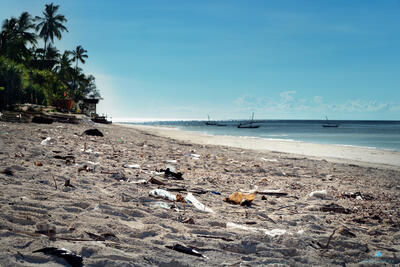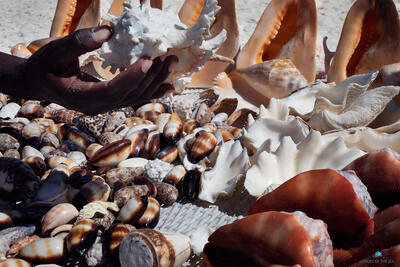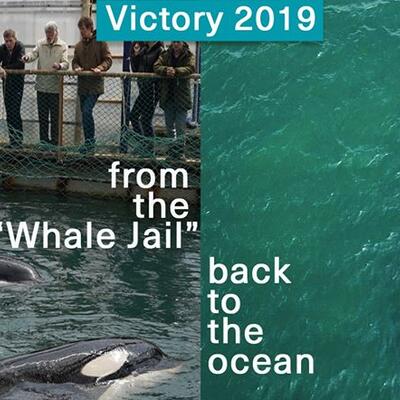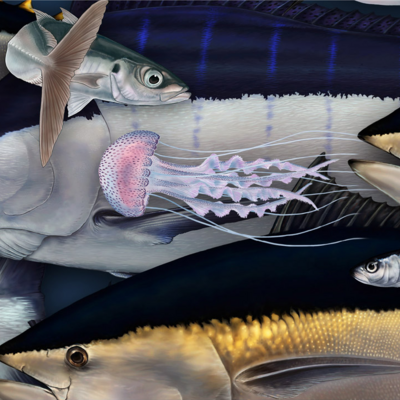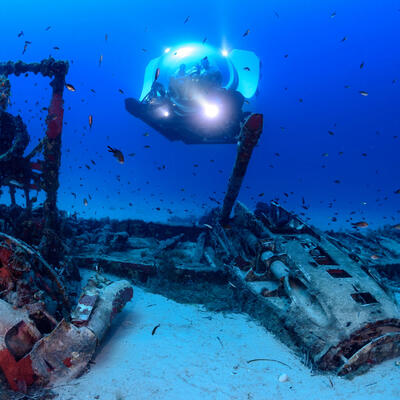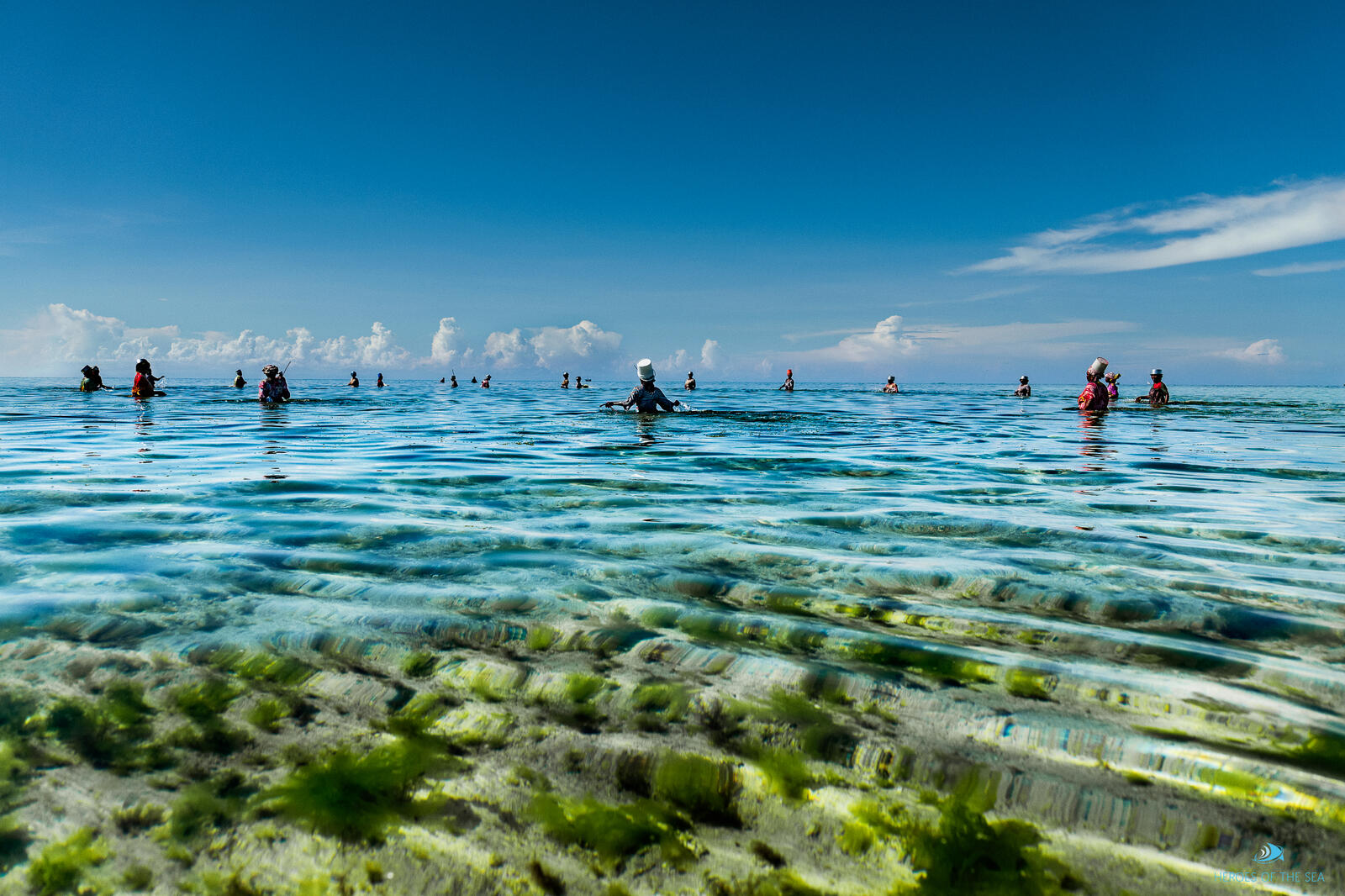
ZMT- Leibniz Centre for Tropical Marine Research
-
Main problem:
Exploitation of coastal waters -
Subproblem:
Tourism, global warming, climate change -
Consequence:
Sustainable handling of the sea -
Solution:
Field work and determining what measures to put in place, education and research
The International trade of marine seashells has generated considerable conservation and environmental concerns.
The Island of Zanzibar, Tanzania in East Africa has a long-history of shell trading, particularly cowry shells, which were once used as a form of currency in the Western Indian Ocean region. For example, in the 1700s, cowry shells were used by British Colonists to buy slaves from Zanzibar for transport to New World colonies.
Today the selling of seashells is illegal in Zanzibar, Tanzania. Despite this, shells are being sold to tourists in markets and curio-shops and collected for artisanal purposes (e.g. jewelry making). Currently, the extent to which living and/or dead (bivalve and gastropod) shells are collected from coastal beaches, seagrass and coral reef habitats, for the purpose of food, additional income or for their aesthetic or ornamental value (e.g. as jewelry) is considered to be increasing in Zanzibar. A long history of local seashell gleaning practices, carried out mainly by women and children, suggests that a rich knowledge of the shelled marine organisms and their environments may already exist among the local shell gleaners. However, to date there is little quantitative information about what species, in what abundances and/or biomass are being collected from coastal areas and by whom. Ecologically, over collection can potentially impact the long-term supply of calcium carbonate sand for the maintenance of coastal habitats such as beaches. The aim of this study was twofold and involved a social sciences and marine ecology component.
First, the scientists wanted to assess the species,abundances, biomass and habitat information from ecological areas that are being harvested or gleaned of marine (shelled) invertebrate species (mollusks). Secondly, they were interviewing local gleaners, women’s collective, marine scientists, conservation managers, and market or business owners regarding different aspects of seashell ecology and economy. Specifically, they were interested in learning about the naming systems (taxonomy) used by local gleaners to identify shells and how this ecological knowledge came about and is transferred (intergenerationally). In turn, the scientists investigated the perceptions that local communities have of shelled local marine organisms and how this knowledge can (or does informally) benefit marine conservation practices and mentalities.
The work will be carried out at four main coastal locations on the island of Zanzibar, focusing on sites with high tourism and coastal areas normally gleaned by locals (i.e. Stone Town, Kendwa-Nungvi, Paje-Jambiani) and considered as accessible (by locals and tourists) and exploited for shells. The ZMT is comparing these with areas that are considered to be non-accessible (to locals) and unexploited (i.e. private ecotourism resort, marine protected area of Chumbe Island).
Photo Credits by: @yorkhovest
https://www.leibniz-zmt.de/en/
